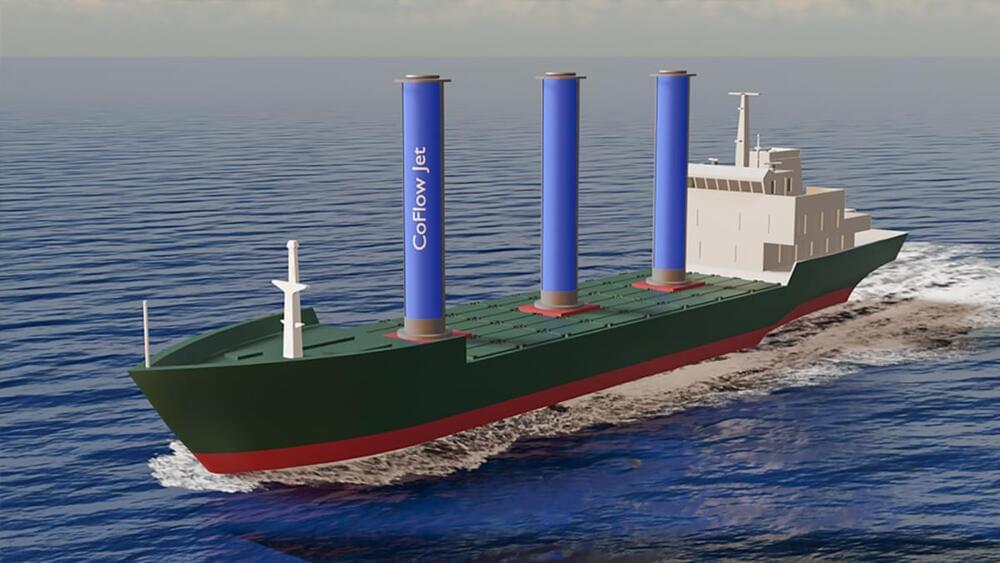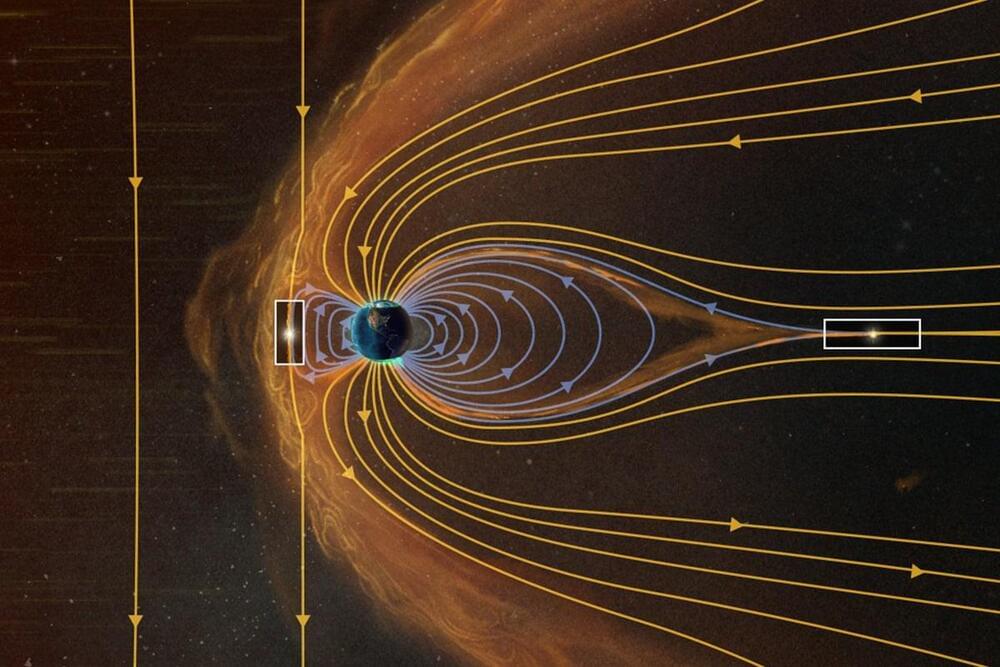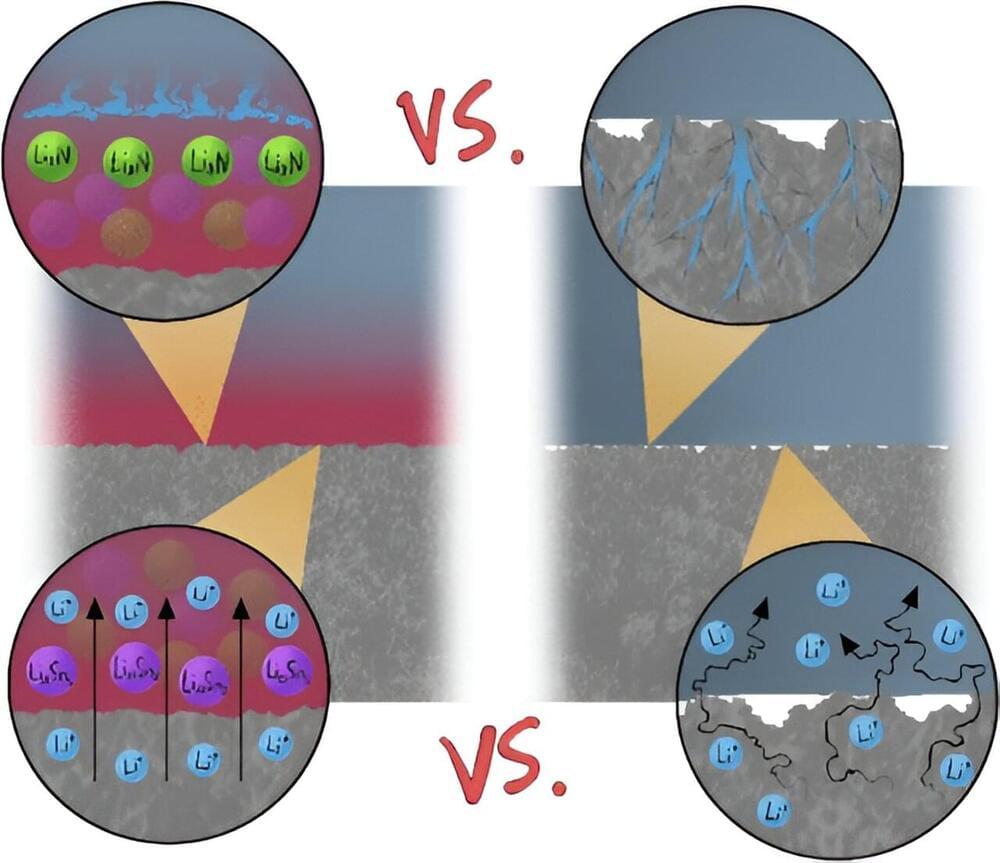Aug 6, 2024
Quantum algorithm for photovoltaic maximum power point tracking
Posted by Shailesh Prasad in categories: energy, information science, quantum physics
They also found that, although the power achieved by the conventional PSO algorithm was approximately 0.15% higher than that attained by the QPSO algorithm under the same conditions, the QPSO was able to beat the conventional PSO in more challenging conditions.
“Specifically, the quantum algorithm generates 3.33% more power in higher temperature tests and 0.89% more power in partial shading tests,” they emphasized. “Additionally, the quantum algorithm displays lower duty cycles, with a reduction of 3.9% in normal operating conditions, 0.162% in high-temperature tests, and 0.54% in partial shading tests.”
















